Since it looks like no one else is writing about the Miniature Settings at the Philadelphia Flower Show for this year (or any year), I will give my view of the exhibits as well as present the info cards and images for each exhibit. Hopefully someone else will give a different perspective on the Miniature Settings but the past history of the Miniature Settings as the premiere exhibit of miniatures has been abandoned in my opinion. There is no sense that the miniature world needs to know about these exhibits even as miniatures are making a big showing in movies, advertising, and art.
Some general comments first.
- There is still a disconcerting mix of high-end miniature artisans who have made exquisite exhibits and low-end enthusiasts and newcomers who have not mastered the concept of the Miniature Settings. Perhaps the two different sections of Miniature Settings (Class 135 and Class 136) should be divided between high quality miniaturists who are juried to get into their section, and newcomers and hobbyists who want to play around with the idea of making a diorama. As it is now, the Miniature Settings are presenting a very bad window into this wonderful expressive form. To highlight quality, you could make one of the classes an invitational to Best of Show and Blue Ribbon winners from the past. That would be an amazing set of miniatures.
- The theme for both classes (135 and 136) was songs about water. That resulted in some duplication (despite the fact that the rules require no duplication; the chair is supposed to work with the exhibitors on this). Usually the two classes have a different take on the theme but not this year. Many of the songs chosen were really old-fashioned and there are better songs, like those suggested on this list. Too bad a better theme was not negotiated. I could think of all sorts of better themes: water mythology, water literature (Moby Dick, Old Man and the Sea, anyone?), water gardens in history, etc.
- Despite the fact that maintaining the proper scale of the miniatures and the plant materials is supposed to make a big difference in the scoring of the exhibits, many of the exhibits used oddball and mixed scaling. The sense of realism in miniature, or believable fantasy, was lost in many cases as a result. Again, newcomers should at least be taught about scale and why it matters.
- The Flower Show has redesigned the exhibit area for the Miniature Settings. They are now housed in light colored wood displays. The ideal way to display the miniatures is with a dark exterior, not a light one. At least they got rid of the hideous green paint. But also missing is the interior space that used to serve as a storage room for extra plants and tools, and a meeting place for the miniaturists. No more meetings of the miniature anarchists, I guess.
Okay, on to the show. The two first place winners were Deb and Jim Mackie for “Call of the Siren,” and Midge Ingersoll for “Dock of the Bay.” The Mackies won Best in Show.

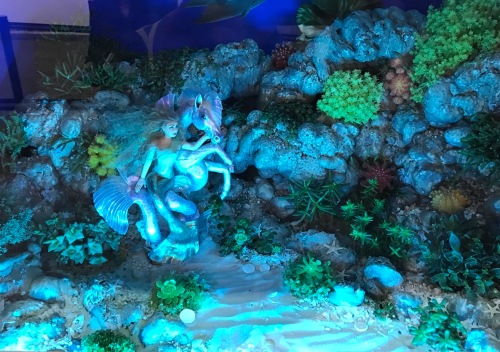
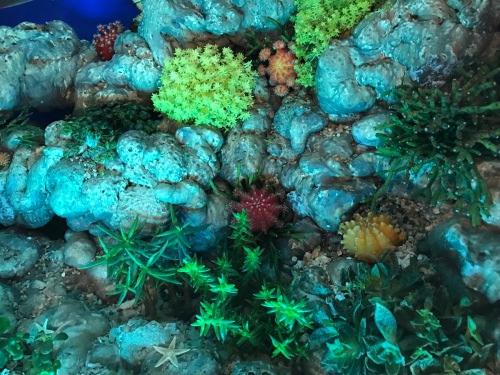

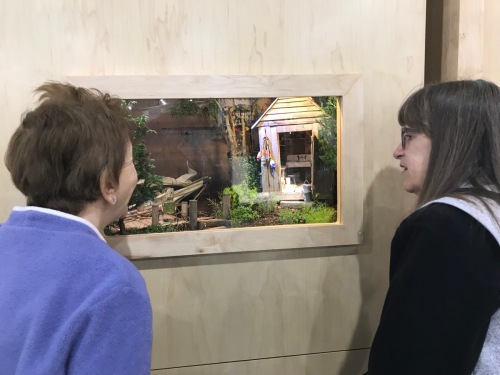
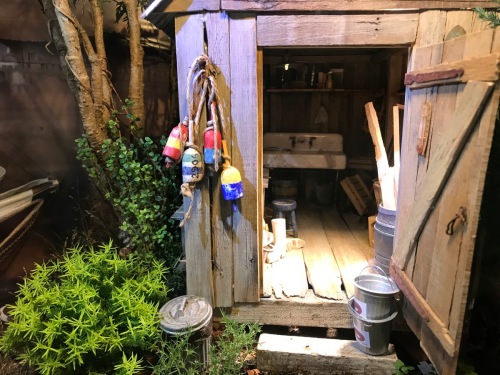
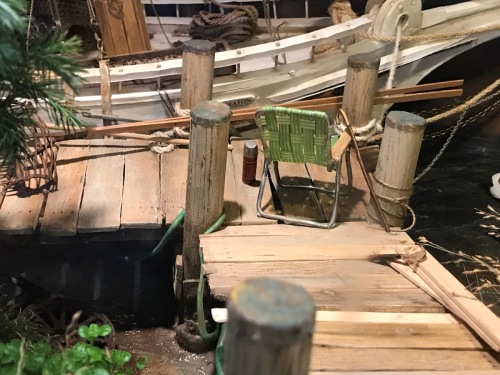
The other noteworthy exhibit is the one by Nancy Grube. She always makes a Miniature Setting that is wonderfully detailed and perfectly scaled with no jarring or out-of-place elements.

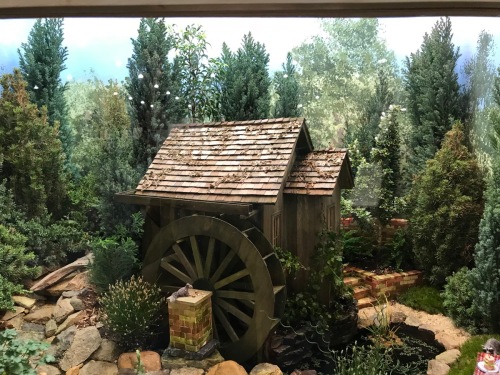

Other entries:

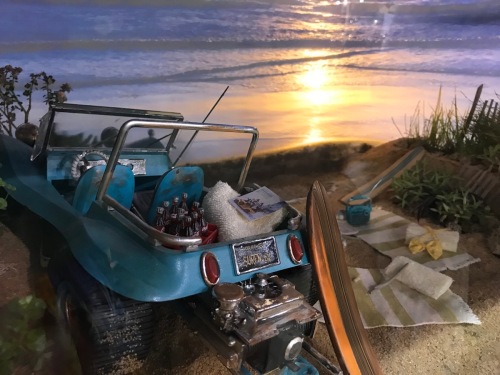
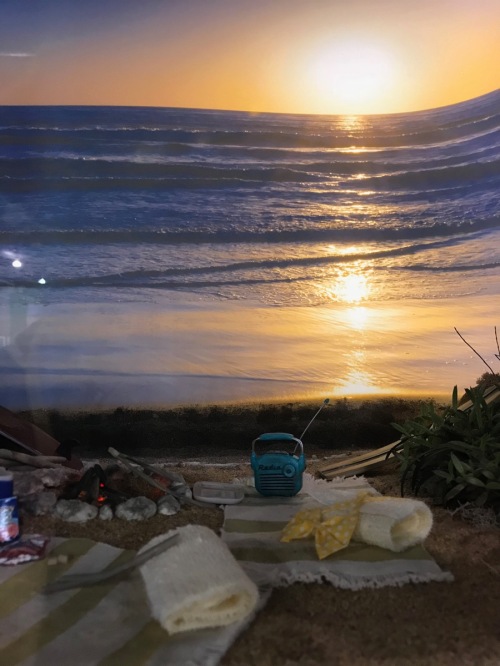


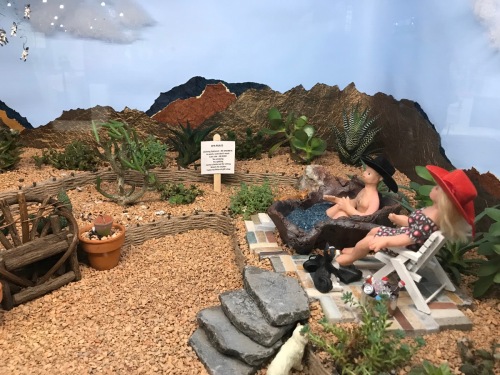
The two “Octopus’s Garden”:

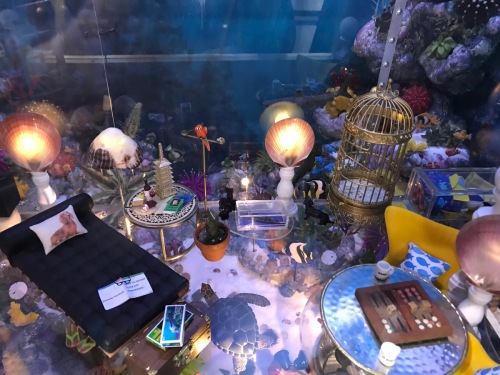



Other exhibits:

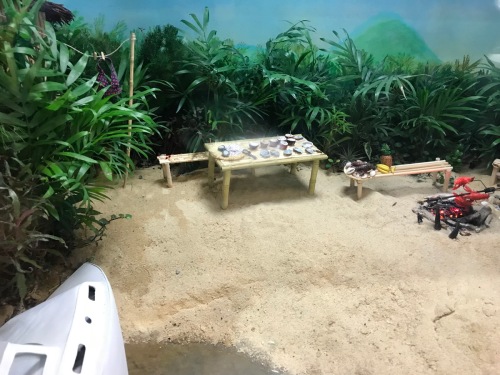


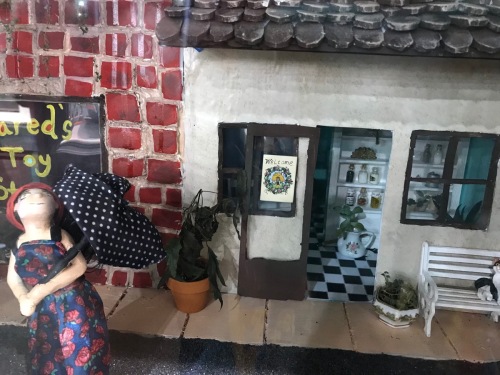

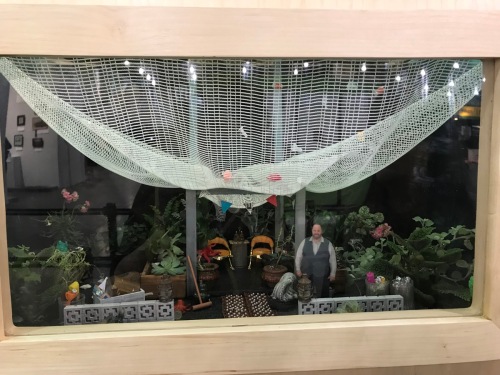


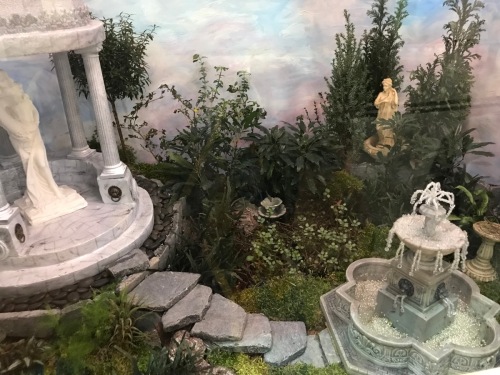


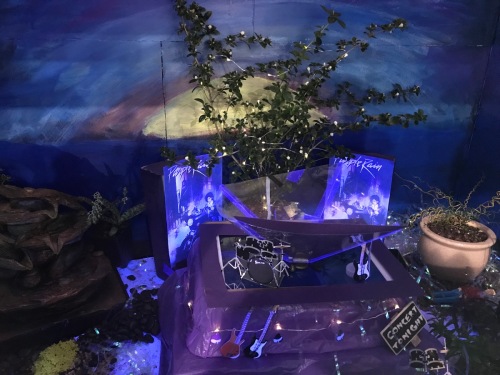










You must be logged in to post a comment.